A brief history of Western art PART II
From Renaissance to Baroque
Creativity rise from chaos. The western world started to crumble after multiple wars and church oppressions. It was a time of protests against old beliefs and attempts to make sense out of the cruel world. The renaissance era is the rise of the human mind over outdated structures that did not work anymore. Science and philosophy started to spread across the globe. Artists started to create more independent art, while the church was looking for new ways to empress and hold the power.
From the middle of the 15th-century history got a turn: The fall of Constantinople (1453), the end of the Hundred Years War (1453), the discovery of the New World (1492), and thereafter the Protestant Reformation (1515). It became a challenging time for Christianity. The Protestants movement was rising and artists were paying more attention to what’s going on in real life rather than in the Bible. They started to include scenes from everyday life in their work more often. On the other hand, the Church was fighting against the protestants and was demanding even more strong and emotion-evoking art. It was a start of a Renaissance era.
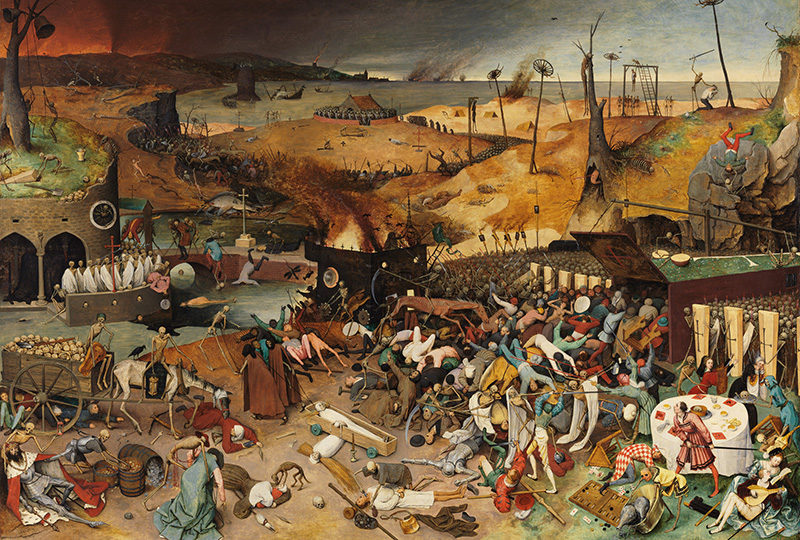
Renaissance is one of the well-known and preserved periods of art until today. For the first time in history, artists started to be famous and personal style started to be admired and recognized. It was honorable to invite a famous artist for work. The next step was to emerge of science and art, and Leonardo DaVinci was the founder of this symbiosis. Using the scientific approach, artists suppressed their colleagues from ancient Greece in technique. Art became more realistic and true to life. Painters were discovering new materials and technics, started to go outside, and include more nature views in their work. It was a turning point in art history and human development. The church was still a big art contributor, but artists started to use science to depict bible scenes.
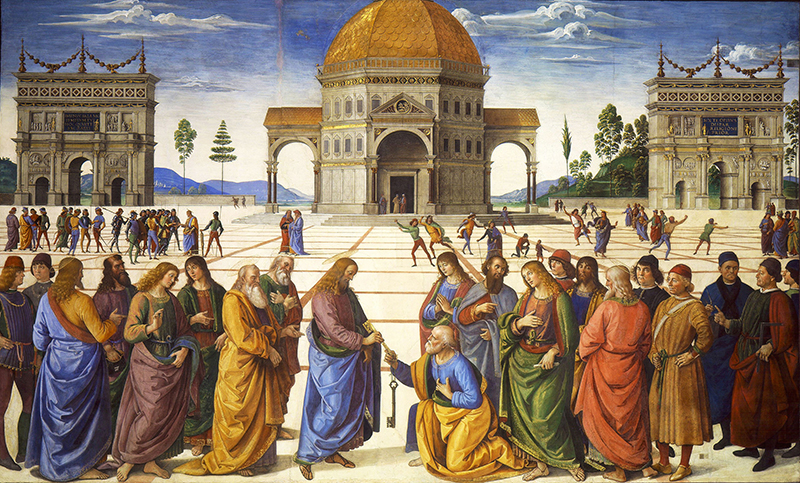
The first break of religious-themed paintings was encouraged by aristocrats. They were willing to perpetuate their power, so they started to hire famous painters to work for them. This sudden demand pushed painters to be more extravagant in their work and less follow the classical rules of composition and light. This period is called Mannerism or Late Renaissance. Aristocrats wanted to impress and used art as a status symbol.
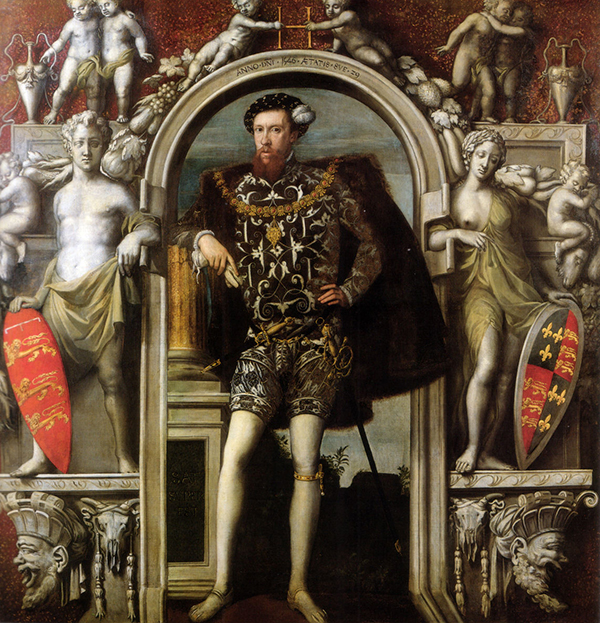
From the end of the 16 century, Protestants' movements were rising more and more and people started to be more interested in art as a form of protest. Artists turned forward the regular life of regular people, it became more popular to paint landscapes and the life of simple people. Painting became more realistic, light began to be a huge part of the scenes. The Dutch Golden Age is the greatest representation of the era. Here you can check out my Vermeer's project influenced directly by this period.
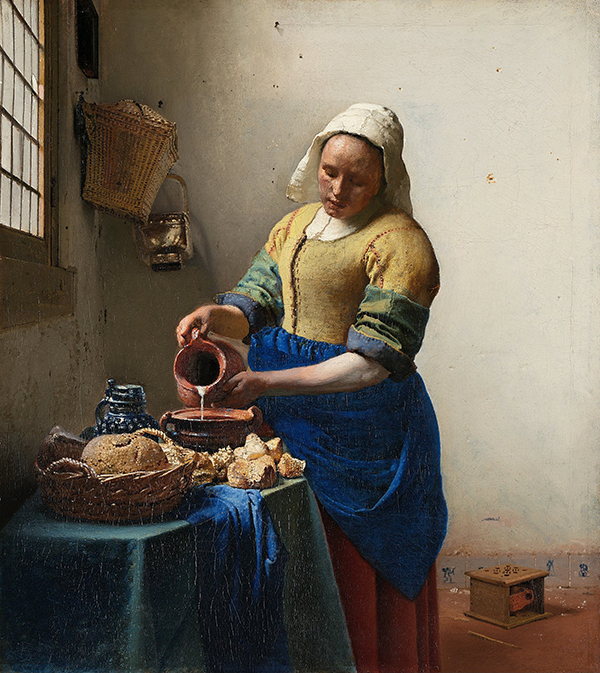
Church did not want to give up so they pushed more towards emotions, and artists developed the Baroque style. The main idea was to evoke fear, show drama, make the little person be influenced by the power and beauty of God. It was a combination between emotions, dynamics, drama, rich colors, and realism. Religious art was all about evoking piety.
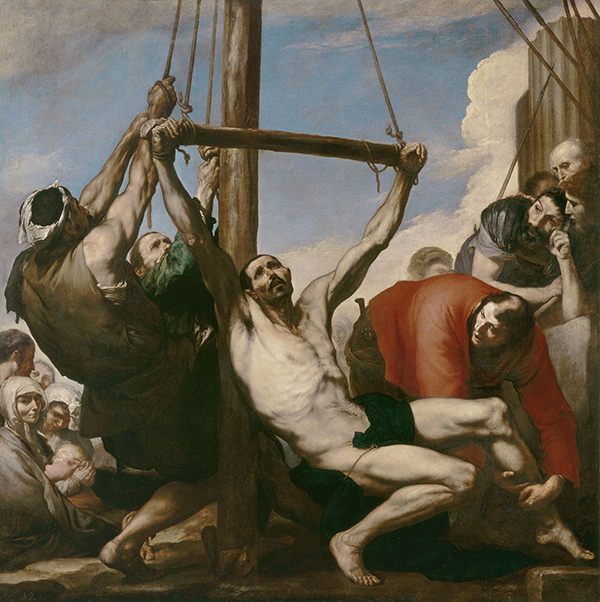
A BRIEF HISTORY OF WESTERN ART PART I
A BRIEF HISTORY OF WESTERN ART PART III